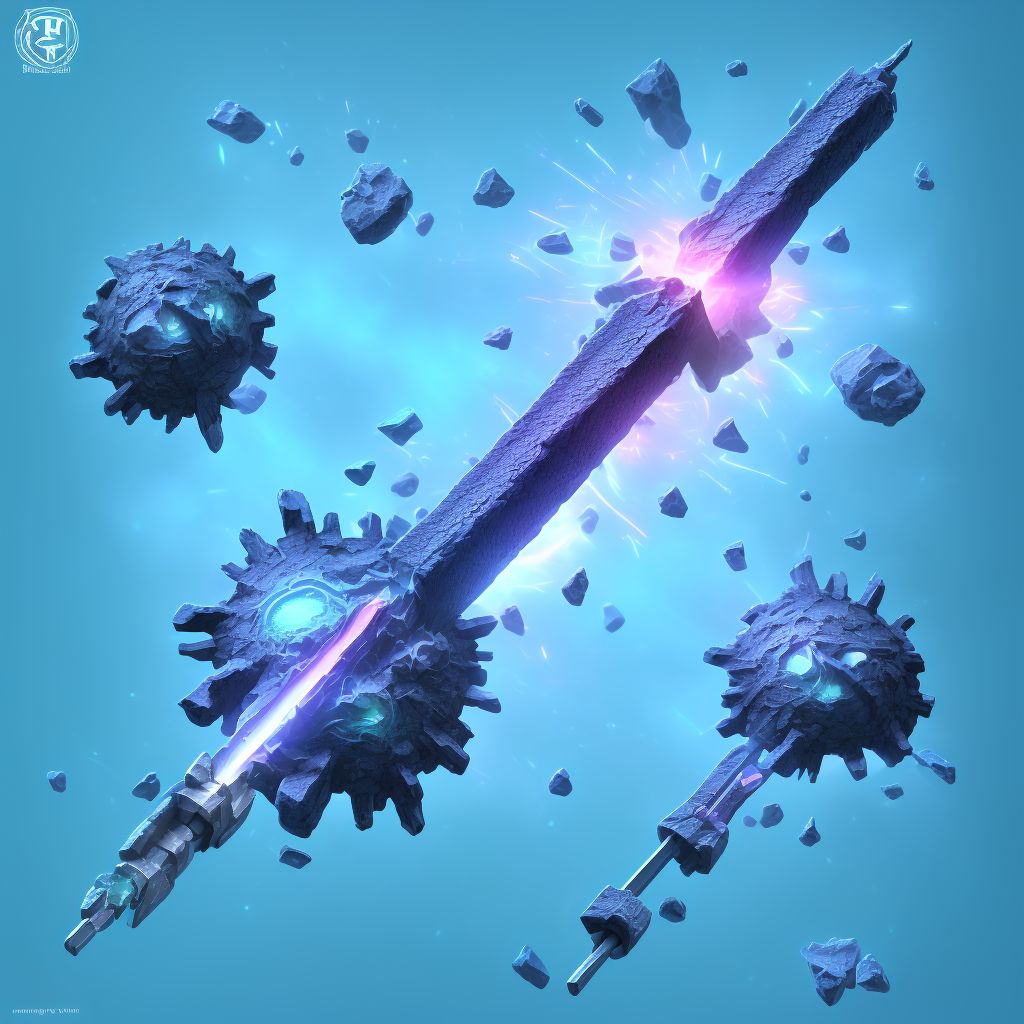
Unspecified fracture of shaft of left fibula, subsequent encounter for open fracture type I or II with routine healing Save
ICD-10 code: S82.402E
Disease category: S82.402: Unspecified fracture of shaft of left fibula
Unspecified Fracture of Shaft of Left Fibula: Understanding the Healing Process
When it comes to bone injuries, an unspecified fracture of the shaft of the left fibula is a common occurrence. This type of fracture refers to a break in the long, thin bone located on the outer side of the lower leg. In this article, we will explore the subsequent encounter for an open fracture type I or II with routine healing, shedding light on the recovery process without discussing treatment options.
1. Understanding the fracture:
Fractures of the fibula shaft can vary in severity, ranging from simple hairline cracks to complete breaks. The specific type of open fracture, whether type I or II, further categorizes the injury based on the extent of soft tissue damage. However, it's important to note that we won't delve into the details of these categories in this article.
2. The healing process:
After an open fracture of the shaft of the left fibula, the body initiates a natural healing process. The body's first response is to form a blood clot at the site of the fracture, creating a temporary framework for bone regeneration. This clot signals the influx of specialized cells, such as osteoblasts and fibroblasts, which work together to rebuild and repair the damaged bone and soft tissues.
3. Routine healing:
With routine healing, the body gradually replaces the temporary clot with a soft callus. This callus is composed of new blood vessels, collagen, and fibrous tissues that bridge the fractured bone ends. Over time, the callus transforms into a hard callus made of new bone tissue, providing stability and support to the fracture site. This remodeling process can take several weeks to months, depending on the severity of the injury.
4. Care during healing:
While we won't discuss treatment options, it is crucial to note that proper care during the healing process is essential. Patients are often advised to avoid putting weight on the affected leg and may be provided with crutches or a cast for support. Regular follow-up appointments with healthcare professionals are necessary to monitor progress and ensure optimal healing.
- Understanding the fracture
- The healing process
- Routine healing
- Care during healing
To conclude, an unspecified fracture of the shaft of the left fibula, subsequent encounter for open fracture type I or II with routine healing, follows a natural healing process. This involves the formation of a blood clot, the development of a soft callus, and the eventual transformation into a hard callus. With proper care and monitoring, individuals can
Treatment of Unspecified fracture of shaft of left fibula, subsequent encounter for open fracture type I or II with routine healing:
Treatment Options for Unspecified Fracture of Shaft of Left Fibula
When it comes to an unspecified fracture of the shaft of the left fibula, subsequent encounters for open fracture type I or II with routine healing, there are several treatment options available. These options aim to promote healing, relieve pain, restore functionality, and minimize the risk of complications.
<...To see full information about treatment please Sign up or Log in